The gastronomy of Cuba is a delicious reflection of the country’s rich history, cultural diversity, and ability to make the most of available resources. Cuba, the largest island in the Caribbean, has a culinary tradition that has been shaped by its indigenous Taino roots, Spanish colonization, the African slave trade, Chinese and Middle Eastern immigration, and more recent geopolitical influences. From the iconic moros y cristianos (black beans and rice) to the mouthwatering ropa vieja, Cuban food is a testament to the nation’s culinary creativity and resilience. In this exploration of Cuban cuisine, we will delve into its historical roots, regional diversity, iconic dishes, street food culture, and the challenges and opportunities it faces.
Historical Roots:
Cuban cuisine has deep historical roots, starting with the indigenous Taino people who inhabited the island before Columbus’ arrival. The Tainos cultivated staples like maize, yams, and cassava, which became integral to Cuban cuisine.
Spanish colonization in the 16th century introduced European ingredients and cooking techniques to Cuba. Wheat, rice, and livestock were brought to the island, blending with indigenous ingredients and traditions to create a mestizo cuisine that characterizes much of Cuban cooking. African influences arrived with the transatlantic slave trade, contributing cooking techniques, spices, and ingredients such as okra and plantains.
Cuban cuisine also reflects Chinese and Middle Eastern influences through immigration waves in the late 19th and early 20th centuries. These influences are seen in dishes like arroz con pollo (chicken and rice) and picadillo (a ground beef hash with olives and raisins).
Regional Diversity:
Cuba’s geographical diversity is a defining feature of its cuisine. The country can be divided into several culinary regions, each with its own unique ingredients and dishes. Some of the most notable culinary regions include:
- Havana and Western Cuba: This region, including the capital city, Havana, is known for its vibrant street food culture. Dishes like ropa vieja (shredded beef stew), moros y cristianos (black beans and rice), and tostones (fried green plantains) are popular.
- Eastern Cuba: This region features an abundance of seafood, thanks to its extensive coastline. Dishes like arroz con pollo (chicken and rice) and congrí (rice and black beans cooked together) are regional favourites.
- Cienfuegos and Central Cuba: Known for their sugar production, this region offers sweet and savoury dishes. Malanga fritters, tamales, and yuca con mojo (cassava with garlic sauce) are common.
- Pinar del Río: In the westernmost province, tobacco and coffee are produced. Dishes like mariquitas (thin plantain chips) and lechón asado (roast pig) are popular.
Iconic Dishes:
Cuban cuisine boasts an array of iconic dishes that are beloved within the country and among the Cuban diaspora worldwide. These dishes encapsulate the essence of Cuban food culture. Some of the most famous Cuban dishes include:
- Ropa Vieja: A dish made from shredded beef cooked with onions, bell peppers, tomatoes, and a blend of spices. It is often served with rice and black beans.
- Arroz con Pollo: A Cuban take on chicken and rice, featuring tender chicken pieces, saffron-infused rice, vegetables, and olives.
- Moros y Cristianos: A classic Cuban staple consisting of black beans and white rice cooked separately but served together. It’s a fundamental side dish in Cuban cuisine.
- Vaca Frita: Thinly sliced marinated beef that is pan-fried until crispy and served with lime and onions. It’s often accompanied by yuca con mojo and tostones.
- Lechón Asado: A Cuban-style roast pig, traditionally marinated in a citrus and garlic sauce and slow-roasted over an open flame.
- Yuca con Mojo: Yuca, or cassava, boiled until tender and served with a tangy garlic and citrus sauce called mojo.
Street Food Culture:
Cuba’s street food culture is a vibrant and integral part of daily life. From busy street corners to open-air markets, vendors offer a variety of delicious and affordable snacks and dishes. Cuban street food reflects the resourcefulness and culinary creativity of the people.
Popular street foods include ham and cheese sandwiches known as “pan con lechón,” served with a flavorful mojo sauce. Fritters made from ingredients like malanga or boniato (sweet potato) are also common. Additionally, street vendors often serve refreshing beverages like sugarcane juice or fresh coconut water.
Challenges and Opportunities:
Cuban cuisine faces various challenges and opportunities. Due to decades of economic restrictions and trade embargoes, the availability of ingredients and food variety in Cuba has been limited. However, this has also led to a strong emphasis on sustainability and local sourcing, preserving traditional cooking methods and culinary heritage.
Cuban cuisine is making a resurgence, both within the country and on the global stage, as travel restrictions have eased. International interest in Cuban food has opened up opportunities for culinary exchange, promoting the preservation of traditional recipes and techniques. Initiatives that support small-scale farmers and the use of locally sourced ingredients can help further develop Cuban cuisine while respecting its historical and cultural significance.
In conclusion, Cuban cuisine is a captivating journey through a country’s history, culture, and culinary traditions. From the cherished ropa vieja and moros y cristianos to the flavours of arroz con pollo and the satisfaction of lechón asado, Cuban food is a celebration of resourcefulness, tradition, and the joy of savouring diverse flavours. Whether enjoying a simple ham and cheese sandwich from a street vendor in Havana or indulging in a plate of vaca frita in a paladar, the essence of Cuban culinary tradition is a testament to the country’s passion for food, culture, and the preservation of its unique culinary heritage.


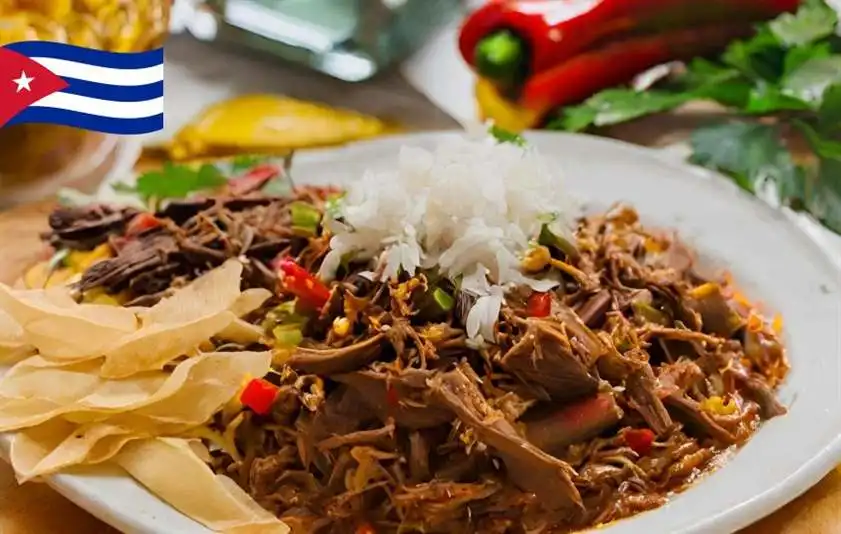


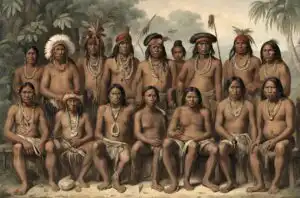
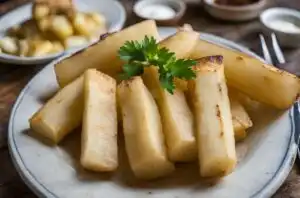
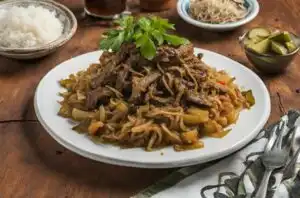
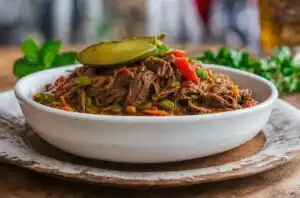
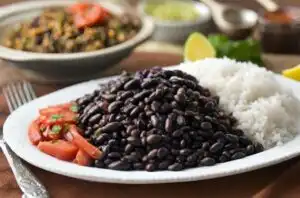
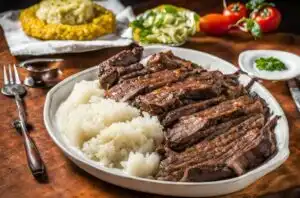
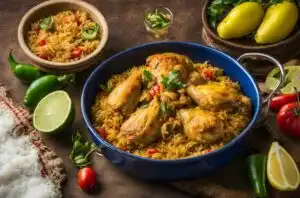


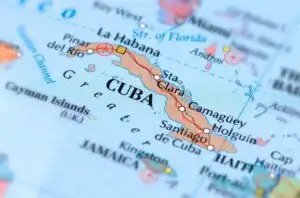





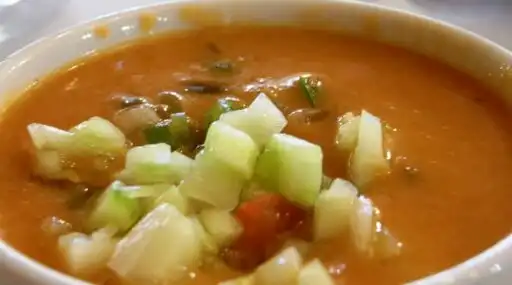

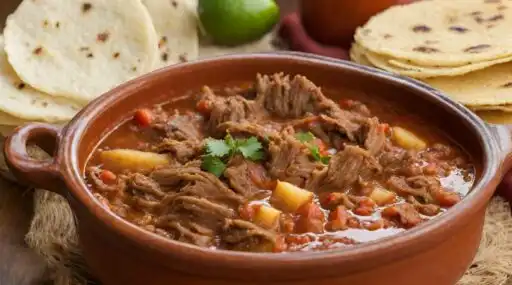
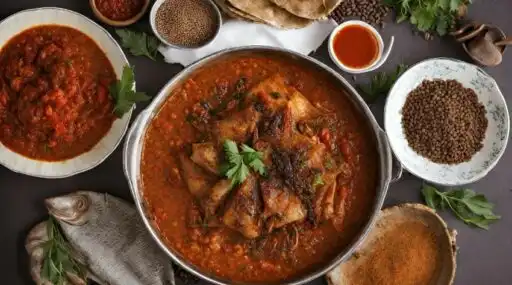



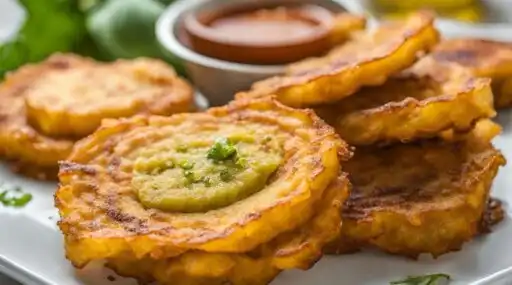


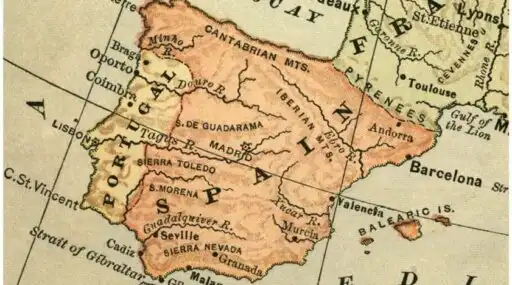
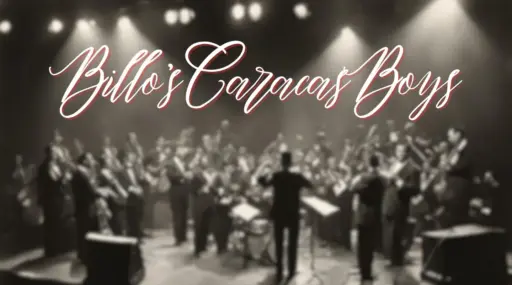
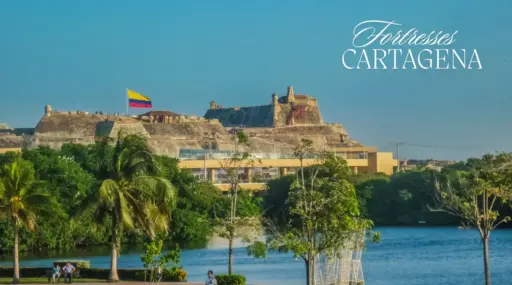


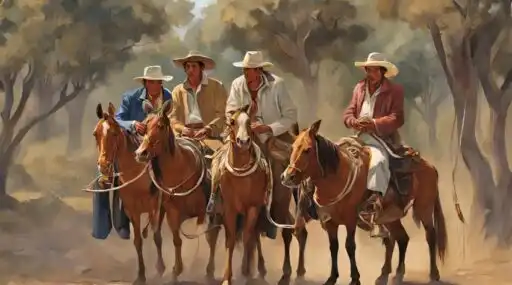
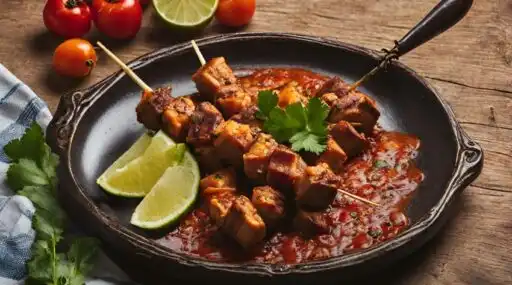
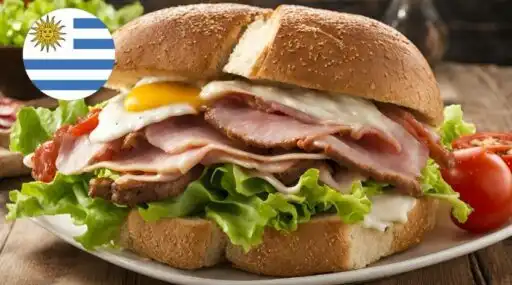


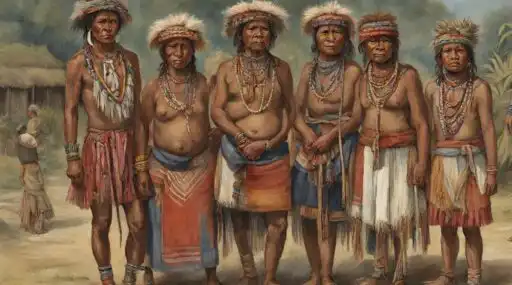

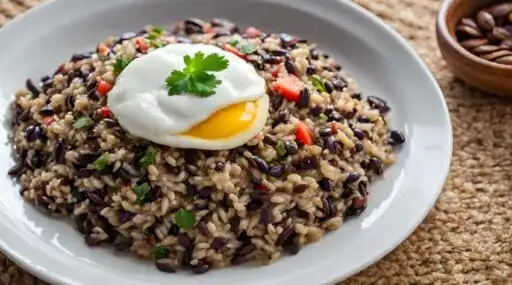
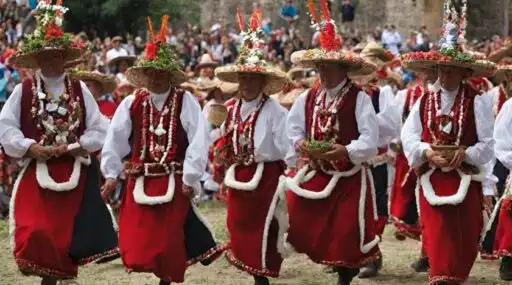




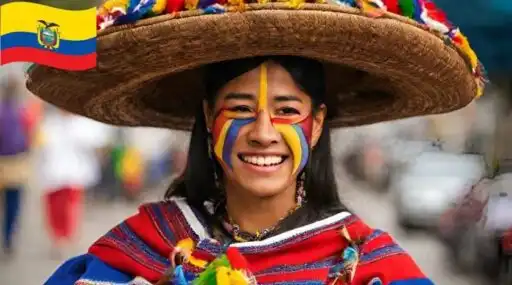
Leave a Reply